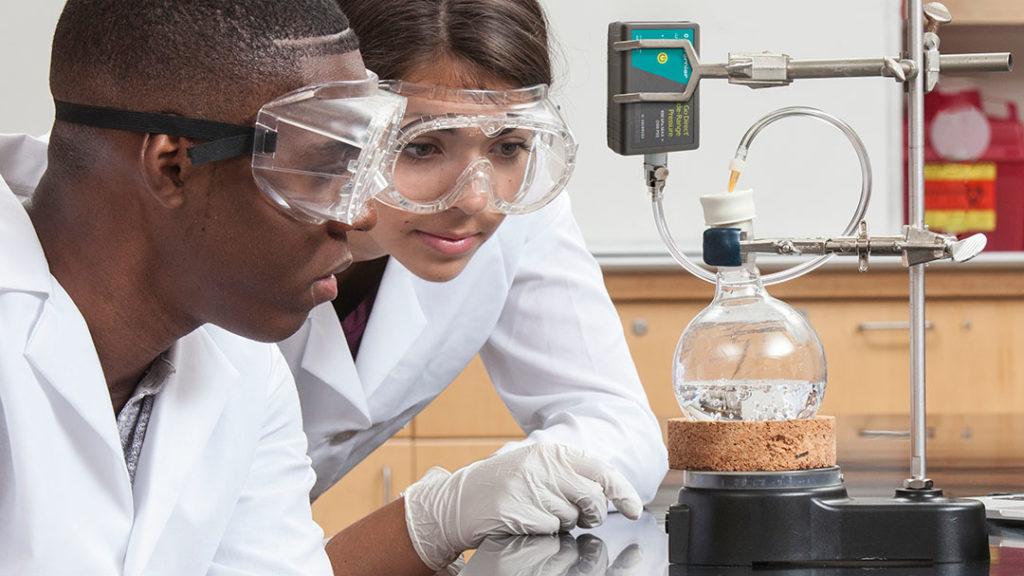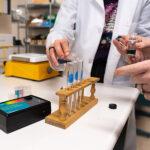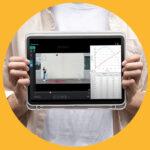
Sharing ideas and inspiration for engagement, inclusion, and excellence in STEM

At Vernier, we value educators’ feedback and ideas. So, when college chemistry instructors told us they were looking for a high-end gas pressure sensor for their upper-level courses, we created the Go Direct Wide-Range Pressure Sensor.
This sensor features robust metal fittings and a leakproof seal, and it can perform experiments related to gas laws, vapor pressure, and other phenomena related to gas pressure.

Benefits
- Precision: Measures absolute pressures up to 690 kPa (100 psi) with excellent accuracy
- Adaptability: Makes customizing easy for specific laboratory equipment and experimental setup
- Versatility: Attaches to nearly any apparatus with tailored fittings (two included) and its built-in quick-release adapter
- Safety: Replaces antiquated gas-measuring devices that require harsh and hazardous chemicals, such as dibutyl phthalate and mercury
Innovative Use Ideas
- Investigate heat capacity ratios for gases.
- Use the adiabatic expansion of gases method to determine the heat capacity ratio at constant pressure to that at constant volume.
- The pressure sensor serves as a manometer replacement where harsh chemicals, such as dibutyl phthalate, are used.
- Use the adiabatic expansion of gases method to determine the heat capacity ratio at constant pressure to that at constant volume.
- Gas thermometry experiments
- Use in conjunction with a Go Direct Wide-Range Temperature Probe to determine the temperature of one or more other fixed points, including
- Ice point
- Steam point
- Boiling point of liquid nitrogen
- Sublimation of solid carbon dioxide (dry ice)
- Transition the temperature of sodium sulfate decahydrate to the monohydrate and saturated solution.
- Use in conjunction with a Go Direct Wide-Range Temperature Probe to determine the temperature of one or more other fixed points, including
Explore the advantages of the Go Direct Wide-Range Pressure Sensor!
Share this Article
DON'T MISS AN ISSUE


Sign up for our newsletter
Stay in the loop! Beyond Measure delivers monthly updates on the latest news, ideas, and STEM resources from Vernier.






